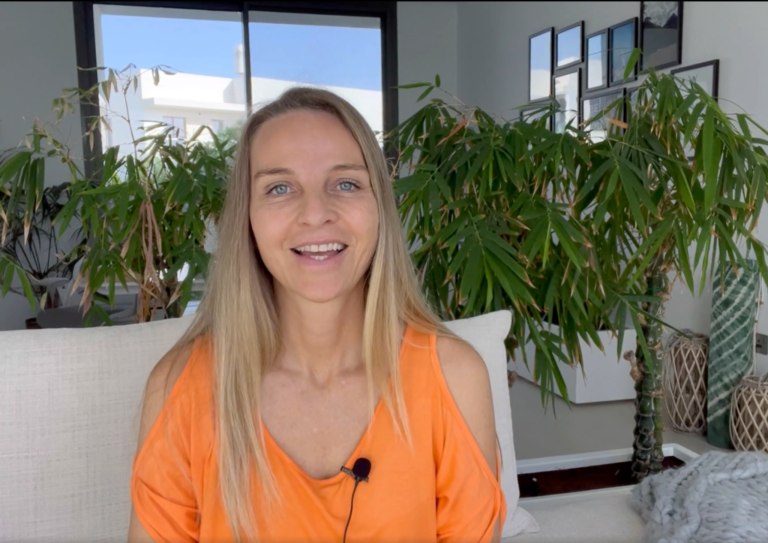
Stress-Busting 101:
Stress Management Techniques: Harvard Insights & Smashing Personal Barriers Feeling stressed? You’re not alone. The good news: stress management techniques work when they’re simple and consistent. Below, we unpack key ideas from Harvard Medical School’s Stress Management report and show how coaching helps you remove personal blocks. If you want tailored support, contact Blooming Key or book a free introductory session. What Is Stress? Stress is your body’s response to a perceived challenge. It triggers hormones like adrenaline and cortisol. In small doses, it can be useful. In excess, it harms mood, sleep, and health. If anxiety is part of the picture, see our page on Anxiety Management for practical next steps. Harvard-Backed Stress Management Techniques Know your stressors. Name your triggers (work, finances, relationships). Clarity makes change doable. For guided support, explore our Mental Fitness Coaching. Practice mindfulness. Short, daily breathing or meditation sessions build resilience. See APA’s practical tips (external) for quick wins. Move your body. Exercise boosts endorphins and sleep. Aim for 150 min/week of moderate activity. WHO answers common questions (external). Lean on your people. Social support protects your wellbeing. If you prefer private guidance, try Online Coaching. Protect your sleep. Target 7–9 hours. A wind-down routine helps. Track progress with our quick Self-Care Quiz or the Mental Fitness Quiz. Remove Personal Barriers (with Coaching) Tools are powerful, yet habits stick when subconscious beliefs go unchallenged. Coaching helps you spot and shift those patterns. Meet your coach on Meet the Coach, or see how we support


